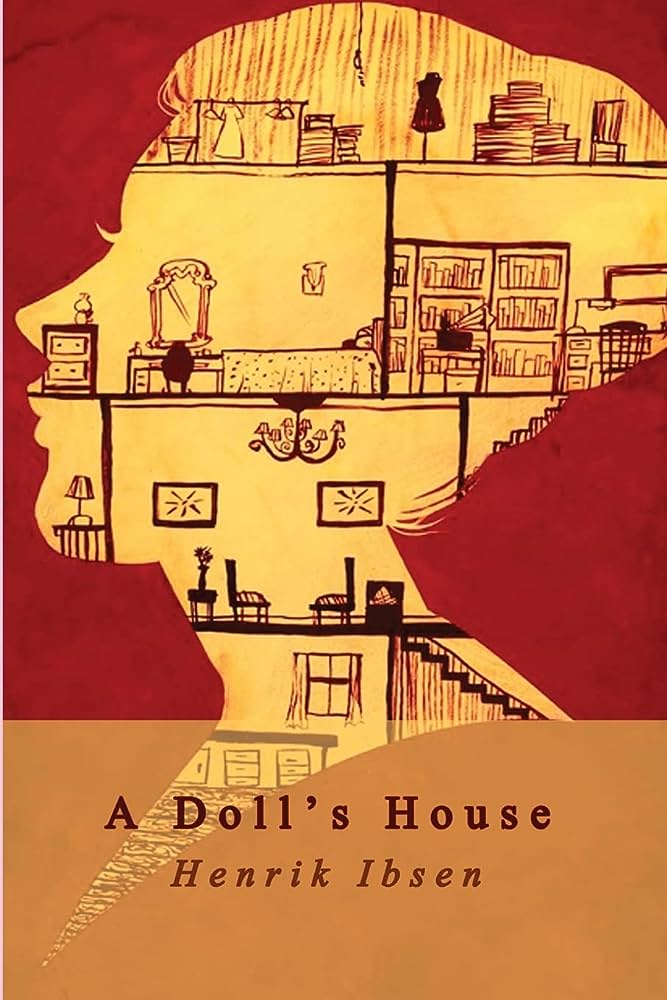AN ECCENTRIC HOUSEWIFE, A CONTROLLING HUSBAND, AND LOANED MONEY ARE THE TALE OF THIS NORWEGIAN PLAY. Henrik Isben’s 1879 three act play was considered one of the most controversial plays at the time and he was forced to write a second ending that he said was, “ barbaric outrage” due to the “feminist” ending it had. Isben’s story explores ideas of gender roles, deceit, damaged reputations, and marriage in 19th century Norway during Christmas Eve.
The play begins with the main protagonist Nora Helmer entering her home with packages for the holidays and indulging in macaroons that her husband, Torvald, a bank manager, prohibits her from eating. Through the story, Torvald and Nora’s playful relationship comes crashing down as readers are intertwined with the secrets that Nora was hiding, which include loaning money under a forged signature. A secret must keep it from reaching her husband. Along the way, readers are introduced to a blackmailing lawyer, a childhood best friend, a deceased father, and a dying doctor who all play a part in the downfall of Nora and Torvald Helmer.
“A Doll’s House” is a short play, but it has an incredible impact and storytelling that readers will only wish it was extended.









